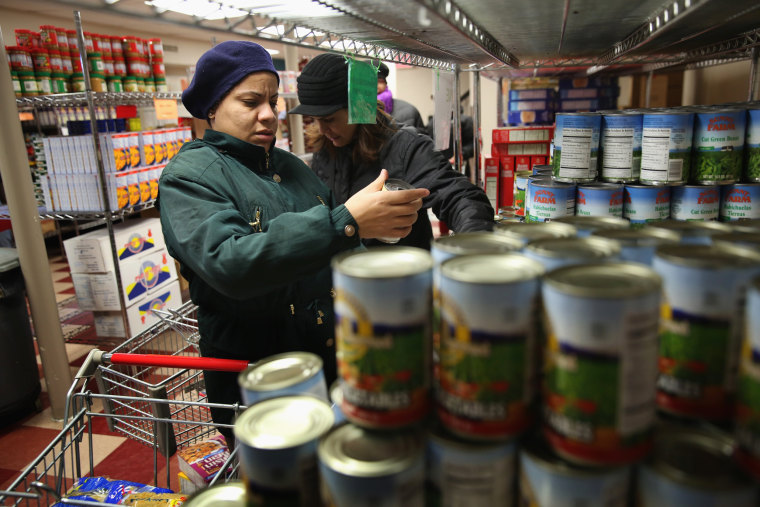The government is stepping in to buy surplus fruits and vegetables to help feed millions of poor Americans going hungry after cuts in the federal food stamp program.
The United States Department of Agriculture said on Monday it will buy up to $126.4 million worth of produce under The Emergency Food Assistance Program (TEFAP) program. It will then distribute cherries, processed apples, cranberries, fresh tomatoes, wild blueberries, and raisins to states for passing on to local food banks, shelters and charities.
The move comes after a stimulus-era expansion to the food stamp program (known formally as the Supplemental Nutrition Assistance Program, or SNAP) expired in November, taking nearly $5 billion away from the program that helps feed some 47 million Americans. Congress has yet to agree on a new farm bill that covers the SNAP program.
“There have been a lot of stories from food banks saying, particularly with the cuts that happened in November, they were seeing greater need for their programs,” said USDA spokeswoman Brooke Hardison.
Department of Agriculture Under Secretary Kevin Concannon said the high number of food stamp recipients was “principally driven ” by the state of the economy. “While it’s recovering in some aspects, there are millions of people that are struggling,” he said.
Aside from cuts to the SNAP program, federal extended unemployment benefits expired for long-term jobless Americans at the end of the year, which the Ways and Means Committee Democrats estimates is costing states more than $400 million each week in lost revenue.
TEFAP is funded through the Congressional appropriations process, but the so-called “bonus foods,” such as the fruits and vegetables the agency announced it intends to purchase, are paid for under a separate USDA directive.
In fiscal 2012, the most recent available data, roughly 20 percent of the food distributed through Feeding America’s food banks and feeding agencies came from the TEFAP program.
